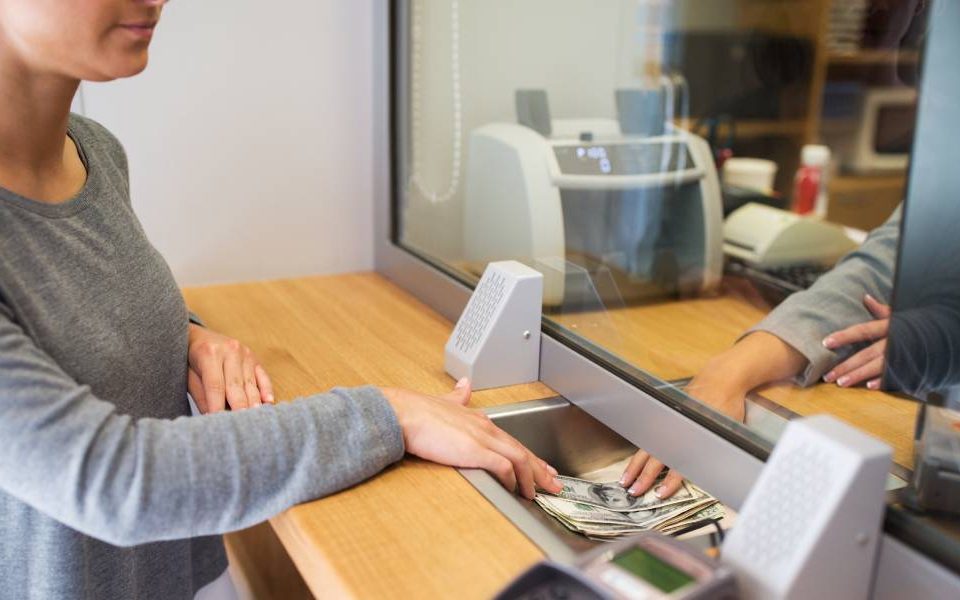Marketing Tips To Improve Your Graphic Design Business
Art plays a crucial role in advertising since brands need logos and marketing materials to thrive. While some graphic artists focus on making this material, others create art they sell to the general public. No matter which category you fall into, you need to make your graphic design business stand out. This relies on researching your audience, buying the best assets, and creating a website. Delve into these marketing tips to improve your graphic design business.
Research your Audience
Your first step in marketing yourself should be choosing and researching a specific target market. This could be small businesses, large corporations, or homeowners. Graphic art is a broad field. While some customers will want beautiful pieces of decor, companies usually request marketing materials.
Determining who you’ll market to also helps you decide on the services you’ll provide. The general public may commission pieces to hang in their home. Decide if you’d prefer to make artwork or craft invitations and banners for special events. You could also create logos, brochures, and business cards for businesses.
Buy the Right Assets
Using the best software is another marketing tip to improve your graphic design business. This may require trial and error as you experiment with many options. Strive to use graphic software that’s easy to navigate and offers all the tools you need.
In addition to great software, you need the appropriate printing tools. Some clients may order printed work. Plus, you should have a physical portfolio of your best projects. Strive to buy a regular, laser, or plotter printer to make your work shine.
Business Tip
Ensure you avoid common printing mistakes, such as not checking color settings or using the wrong paper. Some projects may require glossy paper, while others need matte. Supplies cost money, so you don’t want to waste them.
Create a Website
Making your business known is your responsibility. Craft a personalized website and social media profiles to show off your art. This digital portfolio should stand out, so avoid using basic templates offered on website-building platforms. Customers want to see creativity on your website, and if it appears cookie-cutter, they’ll question your credibility as an artist.
On your site, you should also detail prices, the type of work you do, and a brief “About Me” section. Explain how you got into the industry, how long you’ve done it, and something that makes you stand out. Do you offer the best prices? Or do you craft quick, quality work? Your bio should capture the client’s eye.
Business Tip
Add a blog to your website where you detail your latest projects or provide graphic design tips. You may provide advice on what to look for in a graphic designer or create a how-to on using specific software. A blog makes it easier to attract people to your website and provides bonus information about the industry. Draw in customers as you make a name for yourself.




